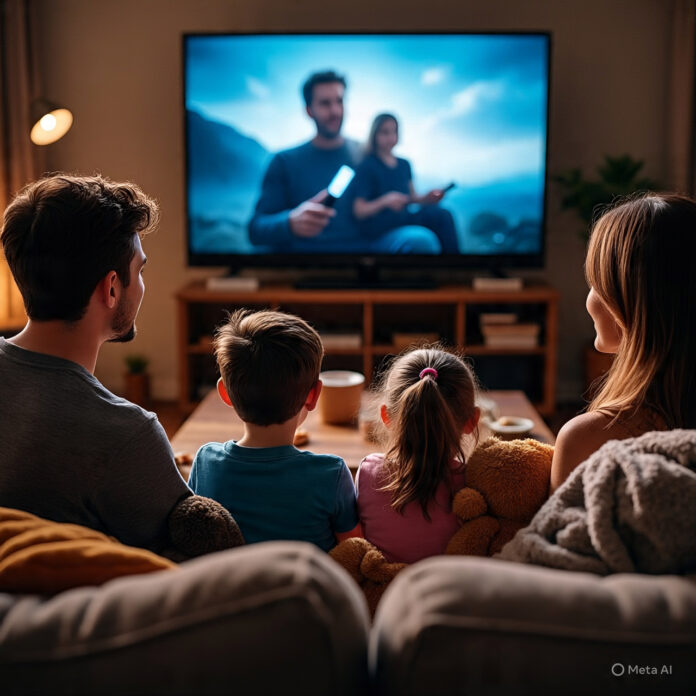The adventurous world of cartoons and viral social media trends, are a staple of childhood, but beneath the colorful surface lies a pressing question: Is it time to sound the alarm and regulate what our Zambian children watch?
Viral trends and unfiltered access to social media content, the digital world is a minefield for Zambia’s most vulnerable children.
What begins as fun can lead to these vulnerable children copying dangerous actions from what they watch.
With a shocking incident of an eight-year-old mimicking a TikTok trend and stabbing a two-year-old multiple times in the eye, the stakes have never been higher.
Limitless Foundation Executive Director, Theresa Bwalya says unregulated content risks the mental health of a child and exposes them to violent, hate speech, and pornographic materials.
“Children do not have the ability to fully understand the consequences of doing something,” she notes.
When you watch Spiderman, for instance, you might feel you can grab a rope and jump across, Bwalya says .
She adds that parents should be involved in how children are exposed to different types of content.
“When it comes to television, there’s an aspect of parental guidance (PG) which most of us don’t follow,” said Bwalya.
However, the director notes that this is not just a fight for one person; it calls for different stakeholders, like government and the private sector.
She further urges parents to be role models for their children by not instilling the culture of being on the screens all the time.
Meanwhile, Changetai Mahamba, a mother of two, says that it is challenging to balance screen time with other activities like outdoor play and reading for your children.
“I usually struggles to monitor and control the content my children access, especially on social media because am mostly busy,” Ms. Mahamba shares.
However, she said she would like to reduce screen time before bed and establish a more consistent bedtime routine.
Regulating what children watch is a pressing issue and requires urgent attention from policymakers, parents and stakeholders.

